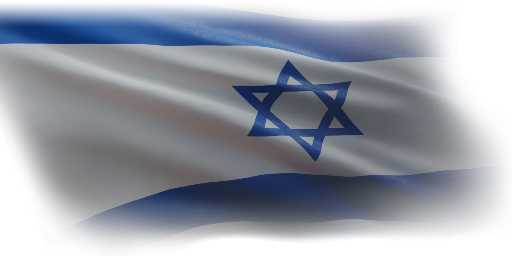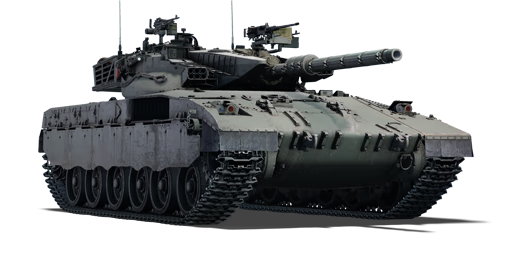The Merkava Mk.1B was an upgraded variant of the Merkava Mk.1 main battle tank, conceived in 1983 as an upgrade kit to bring it on par with the improved Merkava Mk.2. Much like the Mk.2, the Mk.1B's upgrades reflect lessons learned from the 1982 Lebanon War, with the main difference being the addition of built-in smoke grenade launchers and modernised shell options. Most of the 250 Merkava Mk.1 tanks were converted to the Mk.1B standard, and they saw service during the First and Second Intifada as well as the 2006 Lebanon War before being finally decommissioned in 2014.
The Merkava Mk.1B was introduced in Update "Wind of Change". Compared to its predecessor, the Mk.1B has access to the powerful M413 APFSDS shell, in addition to built-in smoke grenade launchers on the turret. The positioning of the engine at the front is one of the Merkava's most distinctive features, and improves the tank's survivability by absorbing shots from the front and protecting the crew. However, it also increases the risk of engine failure and fire. The Merkava boasts a powerful gun, a thermal sight, and excellent survivability, aided by its LWS and numerous smoke grenades, but has low mobility compared to many Western tanks.















